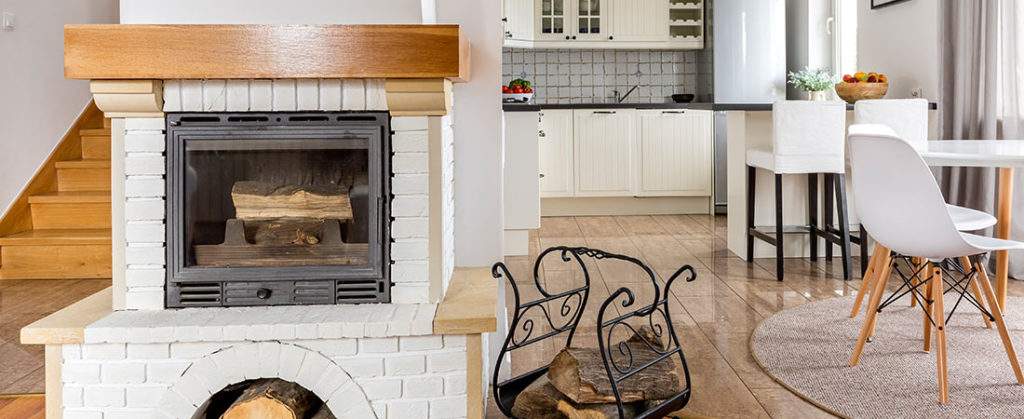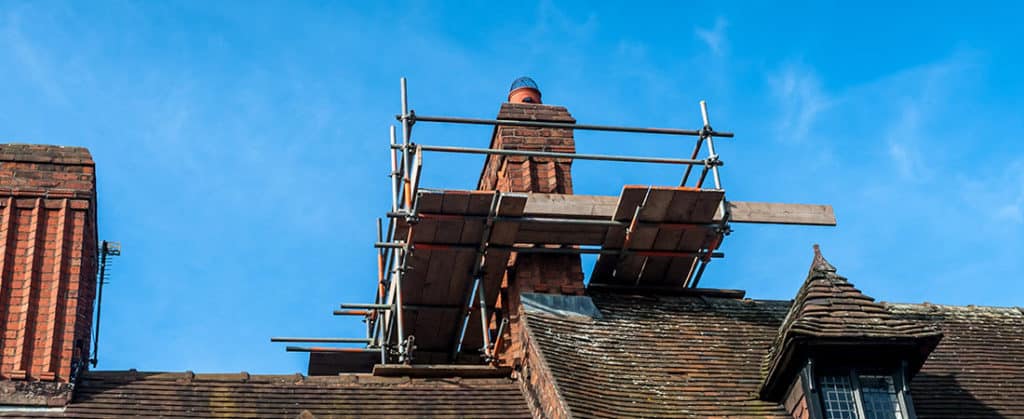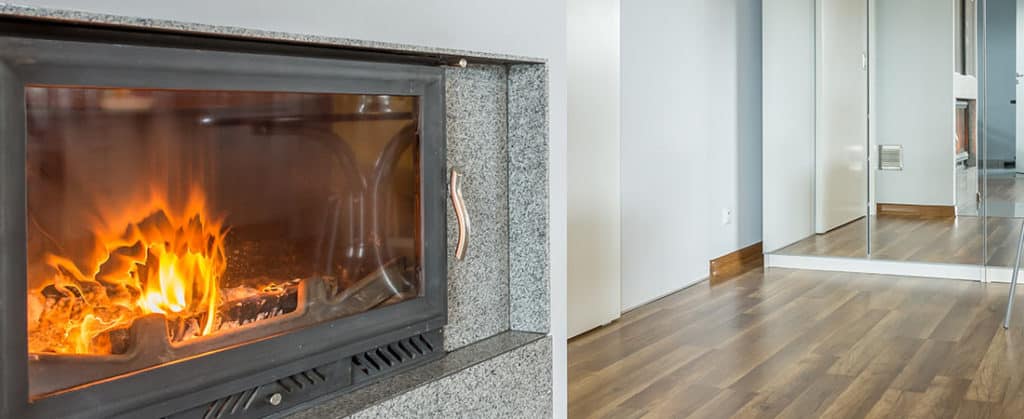To many people, a chimney is a source of warmth. An improperly constructed fireplace can be a weak point for your home. The cool thing is that the chimney is built in such a way that it has protective components that protect it from getting damaged and causing problems to the entire house. These protective components, as given by chimney repair professionals, are:
Chimney damper
The chimney damper helps you to control the amount of air moving through the chimney. You control the air by opening or closing the damper. Dampers also prevent animals from entering the house. They also function as defense systems against precipitation when the other fireplace components fail to keep the moisture out.
There are many types of dampers with the most common ones being:
Poker dampers: They operate on a long, curved handle that grooves in them to hold the damper in place. To open the damper, lift the handle and pull or push to move the damper to its desired position. Once the damper is in place, replace the handle.
Rotary dampers: From their name, rotary dampers work on a rotating system with long, screw-like rods that move the damper. To open the damper, rotate the key to the left or right.
Pivot damper: Pivot dampers operate on a long, jointed handle. To open the damper, lift the handle.
Chimney crown
The chimney crown rests at the top of the chimney, where it protects the top layers of bricks from premature wear and tear brought about by weathering. The crown is made from mortar or concrete and applied to the topmost layers of the bricks on the chimney.
Properly installed chimney crowns protect the chimney from damage brought about by rain, wind, and even snow. For you to keep the crown in top shape, regularly inspect it for any signs of damage.
Due to their location, chimney crowns are prone to cracking. When you ignore the damage, the crown begins crumbling, which can bring down the entire chimney.
You also should consider sealing the chimney crown during winter to prevent damage from the cold weather.
If you have had your chimney for long and the chimney crown keeps on cracking, this might be due to the advanced age. No amount of chimney crown repair will fix the problem. The only cure is to replace the crown. Ensure an experienced expert does the replacement.
Chimney cap
The chimney cap is designed to keep water, animals, and debris from entering the chimney while at the same time allowing smoke out of the fireplace. The chimney cap in most of the modern chimneys adheres to the crown of the stack, and the metal components keep water from flowing into the opening.
Chimney caps also come in handy at keeping embers from escaping the chimney. You need to regularly inspect the chimney cap from accumulated creosote that can clog up the unit if you go for a long time without removing it.
Other than creosote, leaves and other debris can clog up the chimney putting your home at the risk of fire. You can inspect, clean, and repair the chimney cap if you have the necessary skills, but if you have never done it before, hire a professional to help you out.
Chase cover
The chimney crown isn’t enough to provide your chimney with optimum protection—you need a chimney chase cover. The cover is located between the chimney crown and the roofline. The role of the cover is to direct flying fire embers and smoke from the roof, thus protecting your home from fire damage.
The chase is made from wood, brick, metal, vinyl, or any other of your preferred materials. The chase cover, on the other hand, is made from copper, aluminum, or steel and comes in a rectangular or square shape that snugly fits on the chase, keeping water out.
The life of the covers depends on the material they are made from. Covers made from galvanized steel rust quickly, and you have to hire chimney contractors Annapolis to replace them every five years. Copper and stainless steel covers can last for a lifetime as long as you take good care of them, and they aren’t damaged by severe weather.



